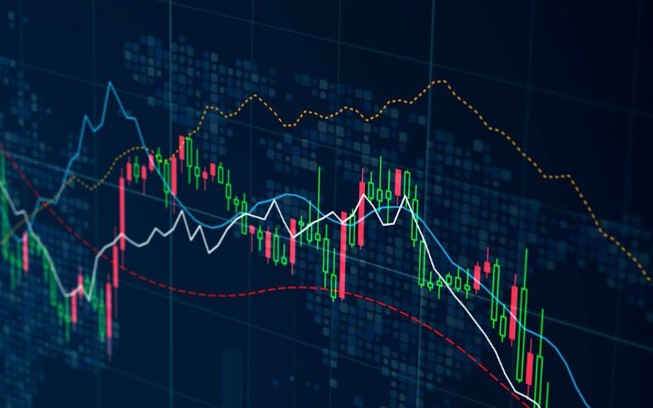
Forex exchange trading, commonly known as Forex trading, has emerged as a major financial market globally. It is the buying and selling of currencies in a decentralized market, which operates 24 hours a day, five days a week. Investors and traders can leverage their capital effectively thanks to the high liquidity and volatility present in this market. If you wish to learn about Forex trading and boost your trading skills, you should consider visiting forex exchange trading trading-terminal.com for additional resources.
Understanding the Forex Market
The Forex market is the largest financial market in the world, with a daily trading volume exceeding $6 trillion. Unlike stock markets, where trading occurs on centralized exchanges, the Forex market operates through a network of financial institutions, brokers, and individual traders worldwide. This accessibility enables anyone with an internet connection to participate in currency trading.
How Forex Trading Works
Forex trading involves currency pairs, where one currency is exchanged for another. The most commonly traded pairs include the EUR/USD, USD/JPY, and GBP/USD. Each pair’s value fluctuates based on economic indicators, geopolitical events, and market sentiment. Traders speculate on these price movements by buying or selling the currency pairs.
Types of Forex Trading
There are several types of trading strategies in the Forex market, and selecting the right one depends on your trading style and risk tolerance. Some of the most common types include:
- Scalping: This strategy involves making numerous small trades throughout the day, targeting minor price movements.
- Day Trading: Involves opening and closing positions within the same trading day, eliminating the risk of overnight market fluctuations.
- Swing Trading: Traders hold positions for several days or weeks, allowing them to profit from medium-term price actions.
- Position Trading: This long-term strategy relies on fundamental analysis to hold positions for extended periods, potentially weeks or months.

Analyzing the Forex Market
Effective analysis is crucial to successful trading. There are two primary types of analysis used in Forex trading:
Fundamental Analysis
Fundamental analysis focuses on economic indicators, such as interest rates, employment data, and GDP growth. Traders gauge the health of an economy to predict currency movements. For instance, if a country’s economic outlook is strong, its currency may appreciate against other currencies.
Technical Analysis
Technical analysis involves studying price charts, patterns, and indicators to forecast future price movements. Traders use various tools like moving averages, RSI (Relative Strength Index), and Fibonacci retracements to make informed trading decisions. Understanding chart patterns can provide insight into market trends.
Tools and Platforms for Forex Trading
Choosing the right platform for trading can significantly impact your success in Forex. A good trading platform should offer advanced charting tools, technical indicators, and an intuitive interface. Some popular platforms include:

- MetaTrader 4 (MT4): A widely used platform known for its user-friendly interface and extensive analytical tools.
- MetaTrader 5 (MT5): An updated version of MT4 that includes additional features such as improved charting tools and more indicators.
- CTrader: A sophisticated platform with advanced features tailored for professional traders.
Risk Management in Forex Trading
Forex trading involves significant risks, and understanding how to manage these risks is critical. One effective way to mitigate risks is by using appropriate position sizing. It refers to how much capital you allocate to a particular trade. Generally, traders should not risk more than 1-2% of their total trading account on a single trade.
Additionally, employing stop-loss orders can help protect your capital. A stop-loss order is designed to close a position when the market moves against you, limiting your potential losses. This risk management strategy is essential for long-term success in Forex trading.
Conclusion
Forex exchange trading presents both opportunities and challenges for traders. With a comprehensive understanding of the market, effective analysis techniques, and proper risk management strategies, you can increase your chances of success in this dynamic environment. As a beginner, invest time in educating yourself and consider using demo accounts to practice without risking real capital before diving into live trading. Remember to stay informed about market developments and continuously refine your trading strategies.
Happy trading!
